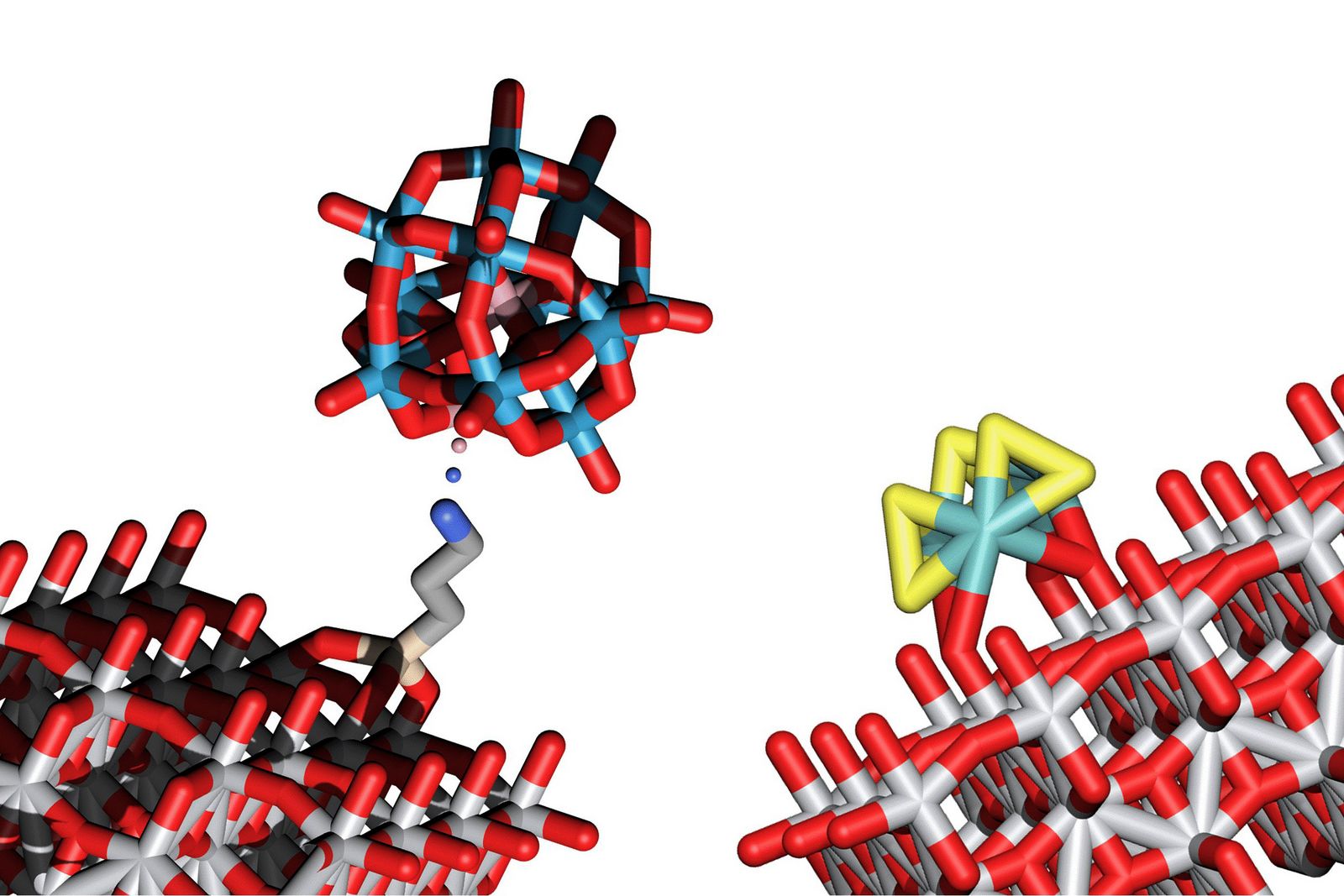Austria – Scientists at TU Wien have developed a new photocatalyst design that could improve the directness and controllability of hydrogen production.
Hydrogen has the potential to play a significant role in our future energy supply because it can be stored, transported, and burned as needed. However, most hydrogen is currently produced as a by-product of natural gas production, which must change for climate reasons. To date, the best strategy for producing environmentally friendly “green hydrogen” has been to split water into hydrogen and oxygen using renewable energy sources, such as photovoltaic cells.
It would be much easier to split water if sunlight could be used directly. In a process known as “photocatalytic water splitting,” new catalysts are now allowing this to happen. The concept has yet to be applied in a commercial setting. Important steps have now been taken in this direction at TU Wien: scientists discovered a new combination of molecular and solid-state catalysts on an atomic scale that can perform the task using only relatively inexpensive materials.
Higher efficiency
To split water with light, you must complete two tasks simultaneously. For both tasks, solutions have been found: Small inorganic clusters with only a few atoms are anchored on the surface of light-absorbing support structures like titanium oxide. The desired behavior is achieved by combining clusters with carefully chosen semiconductor supports.
Clusters of cobalt, tungsten, and oxygen are responsible for oxidizing oxygen, while clusters of sulphur and molybdenum are particularly good at producing hydrogen molecules. The researchers from TU Wien were the first to deposit these clusters on a titanium oxide surface, where they can act as water splitting catalysts. Now that the selected materials have been proven to be suitable for water splitting, the next step is to fine-tune their exact structure to achieve even higher efficiencies.
In the long run, this knowledge could be applied to the production of more complex molecules using the artificial photosynthesis concept. It may even be possible to use solar energy to create hydrocarbons from carbon dioxide in the atmosphere and water, which can then be used for a variety of purposes.




